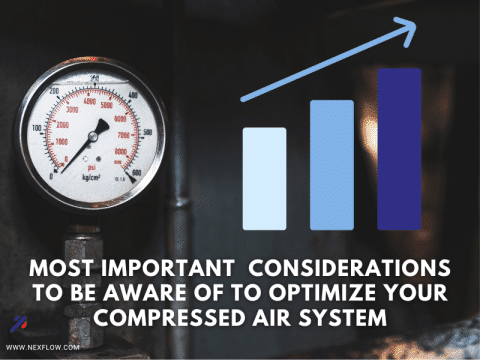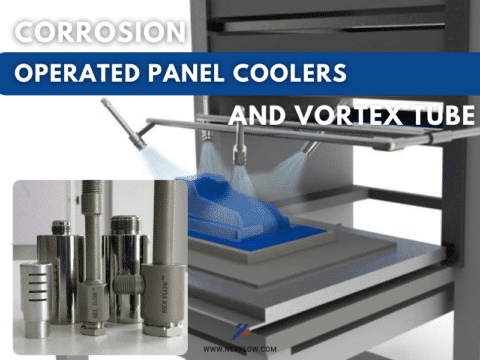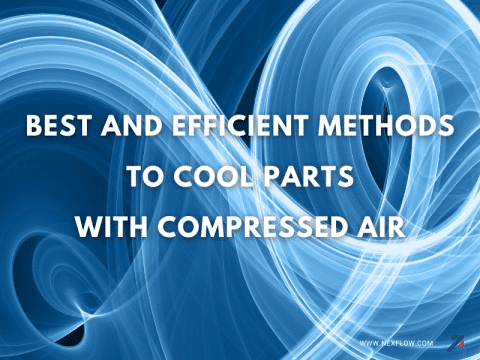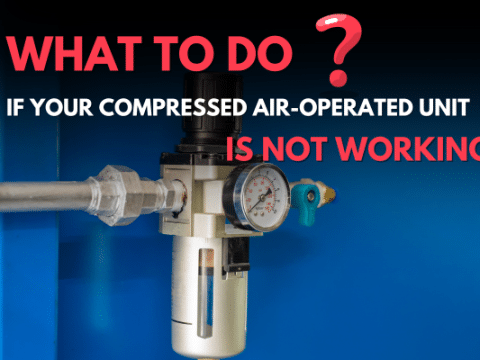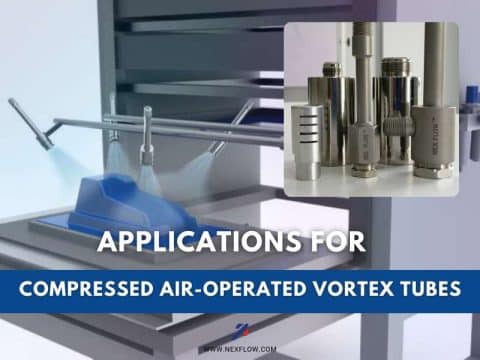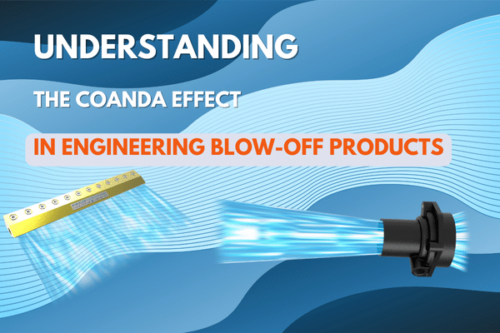
Understanding the Coanda effect, as described by Henri Coanda in 1932, is the tendency of flow to stay attached to a convex surface. Passing flow over the surface leads to a static pressure drop, creating a lift force.
This effect often explains how an airplane creates lift.
In compressed air and some blower applications, this effect directs the flow outward to create a blow-off force, instead of creating lift. It involves entraining still, atmospheric air with the exiting compressed air, which contains all the working energy of the system.
The features of this effect are as follows
- Turbulence is minimized
- Laminar flow is produced for a long distance
- Pressure is converted to flow, causing a pressure drop
The benefits of these features are
- Less energy lost due to energy conversion and reduced turbulence
- Laminar flow allows for a stronger force and velocity, working at a greater distance from the device
- With reduced energy loss, the exhaust noise levels are also reduced
In some applications, the required pressure may exceed what the Coanda effect produces. But for general cleaning and drying, it is more than adequate and results in a safer, quieter environment. Generally, the dead-end pressure from a Coanda design air exhaust is under 30 PSIG, meeting OSHA safety standards.
Designers extensively use the Coanda Effect in air knives, airflow amplifiers, air jets, air wipes, and engineered air nozzles.
There is a limit to the practical use of this effect. One way to explain its effectiveness with compressed air is through the term “airflow amplification.” This term refers to the amount of flow increased due to the Coanda effect. However, publications often present airflow amplification results, incorrectly shortened to “air amplification,” without clearly indicating the exact location or specific distance from where the air exits the device.
This airflow amplification varies with the compressed air pressure entering the device and the density of the still, surrounding entrained air.
There is a misconception that higher air amplification means a better device. That is patently false. Elevated values of air amplification should be suspect not only for their validity but also because they can make the device ineffective.
When a small amount of compressed air entrains “still” surrounding atmospheric air, the velocity and force of that combined airflow immediately start to slow. If the entrainment is too great, the flow velocity becomes too slow and lacks any useful force. Airflow amplification increases with physical size but has a practical limit. Suspect any airflow amplification figures greater than 17 to 1 at the exit of a blow-off device as either invalid or ineffective.
One industry convention is to consider “downstream amplification.” This is when the airflow amplification point is set at a distance, usually 6” or 12” from the device exit, and the value is taken as three (3) times the airflow amplification at the device exit. Therefore, if the Coanda amplification is 10 times, the downstream amplification is 30 times.
The number three (3), while arbitrary, is a reasonable engineering mean figure. Atmospheric air density, temperature, and air pressure input into the blow-off device affect the amplification. Thus, it is important to realize that these figures are estimates and will vary with changes in compressed air and atmospheric data.
Understanding the Coanda effect and ensuring realistic results is crucial. If you see amplification figures over 17 (at a device exit) or more than 50 for downstream entrainment, question their validity. Recognize that these figures will vary with input and surrounding conditions.




